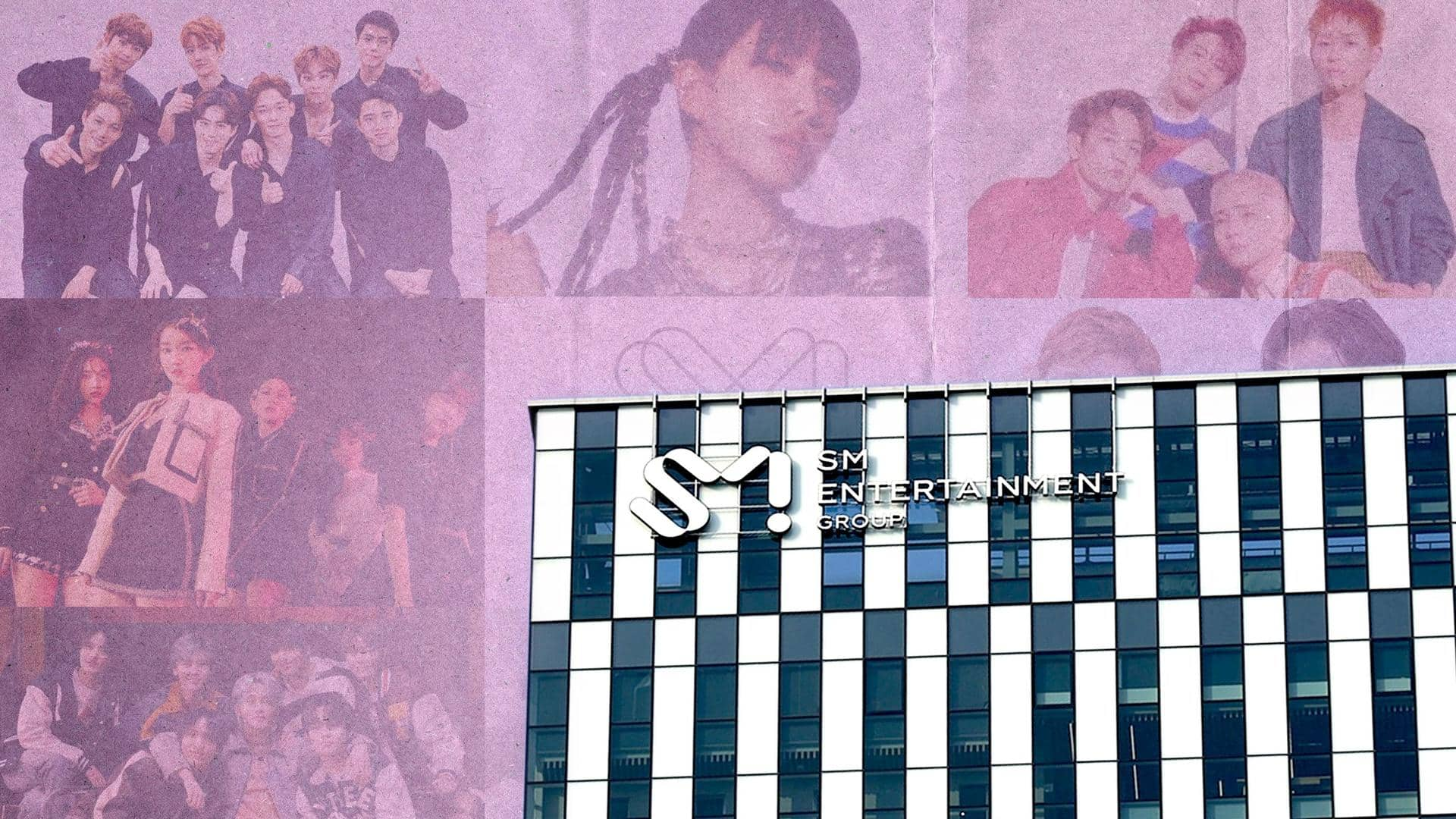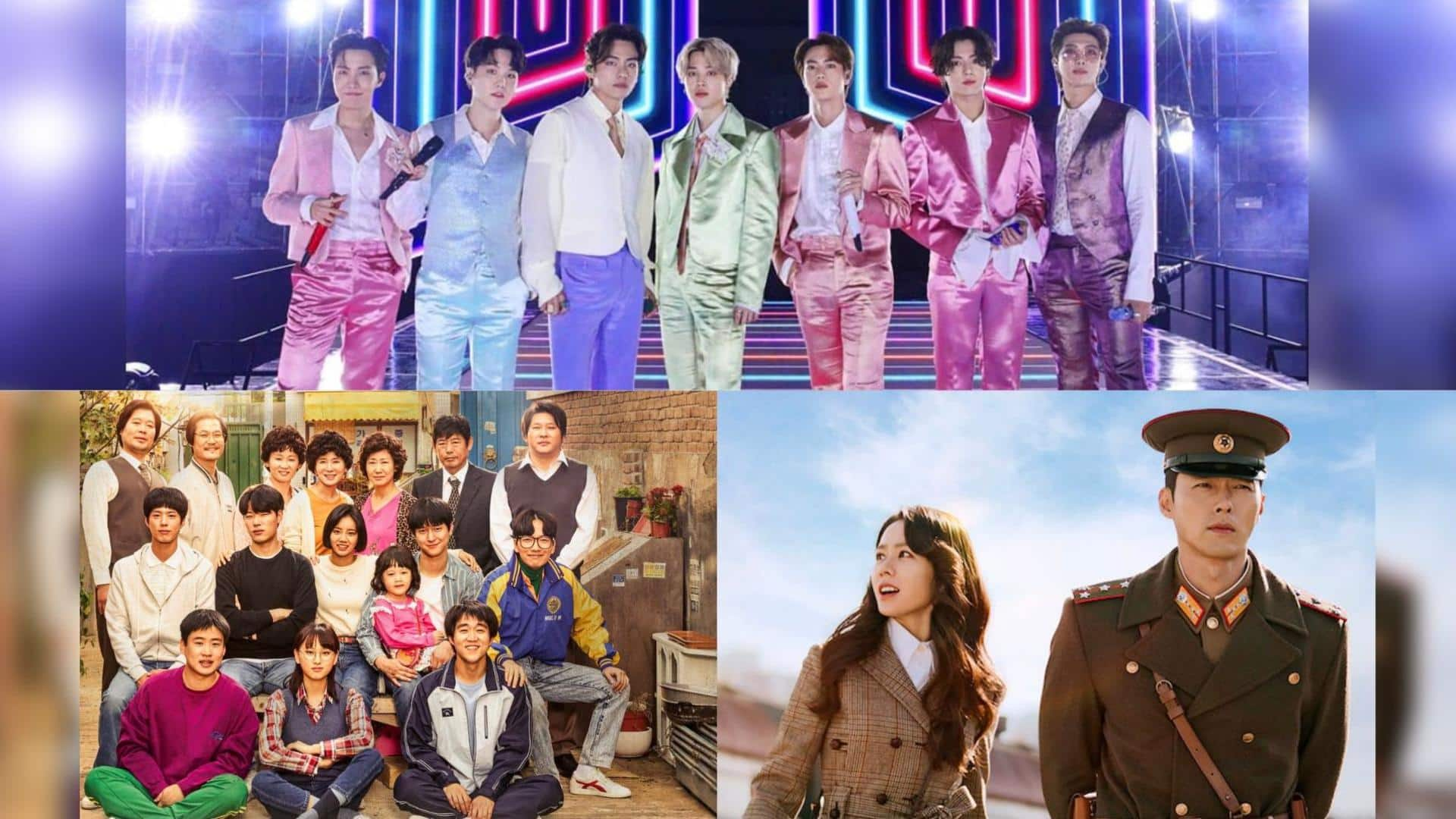
#NewsBytesExplainer: How Korea's SM Entertainment boy groups shaped K-pop industry
What's the story
SM Entertainment, the agency officially responsible for kicking off the K-pop phenomenon in the late 1990s with its boot-camp-style training, is once again all set to roll out a new seven-member boy group that will reportedly debut in September. Before their debut hits the K-pop scene, we take a deeper look at how SM's previous boy groups have contributed to shaping the K-pop industry.
Story of origin
But before going ahead, let's learn more about SM Entertainment
Lee Soo-man—a moderately successful rock singer—got inspired by the music revolution that was taking place in the US, led by MTV. Apparently, MTV was forcing bands to be both visual and musical, and Lee saw an opportunity to do the same in South Korea. He formed SME in 1995, which became the first company in the K-pop scene to introduce systematic casting and training.
#1
H.O.T.: First group to roll out of SM
SM rolled out H.O.T. in 1996—the first boy band that popularized a new style of dance music that was high-on-beats and catchy, overtaking the folk, rock, and protest songs that had been popular in Korea up to that point in time. The boy band was formed with the SM "formula," which included synchronized dance routines, coordinated outfits, catchy music, and of course, good looks!
#2
TVXQ became one of the best-selling K-pop acts thereafter
With the newfound success, SM produced another five-member group, TVXQ in 2003, which became one of the best-selling K-pop acts of its time. Notably, the group was originally formed to fill a hole opened up with the disbandment of H.O.T. in 2001, but they eventually made a space for themselves. Interestingly, TVXQ became the first group to hold international concerts in Malaysia in 2006.
#3
EXO revolutionized K-pop by performing in both Korean and Mandarin
For SM, the major breakthrough came in 2011 when they formed the group EXO. The agency wanted to promote EXO both in South Korea and China, which opened up a wide foreign market, and EXO eventually became the first K-pop group to perform both in Korean and Mandarin. EXO found great success from the beginning as their debut album, XOXO sold over 1M copies.
#4
Another first in K-pop: SM's NCT became the largest group
In January 2016, Lee announced a new boy group called NCT (Neo Culture Technology), a group that would have unlimited members! With NCT, SM once again managed to create a group that has the potential to grow to infinity with new units. Currently, the group consists of 23 members, who are further divided into multiple sub-units—NCT U, NCT 127, and the Chinese group WayV.
Poll

